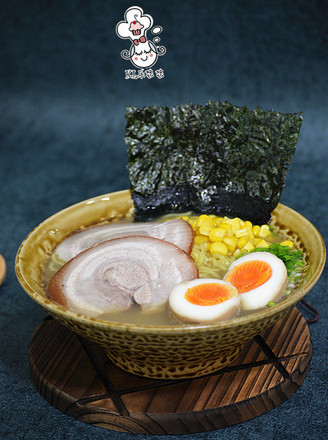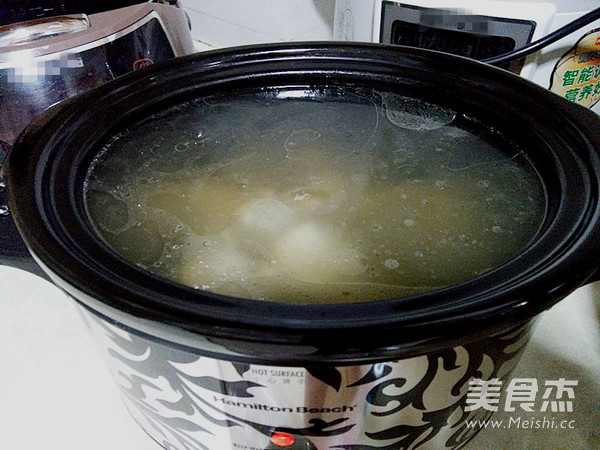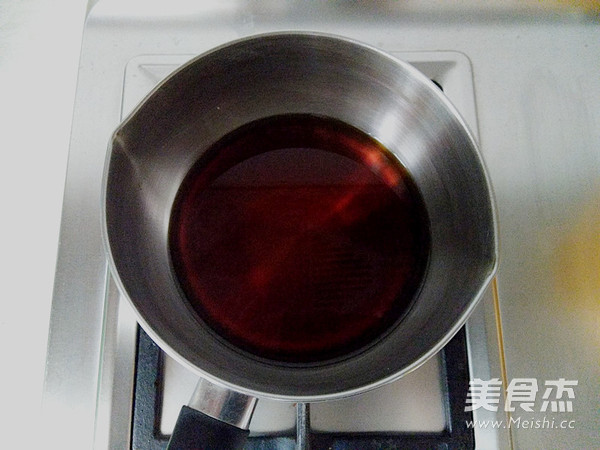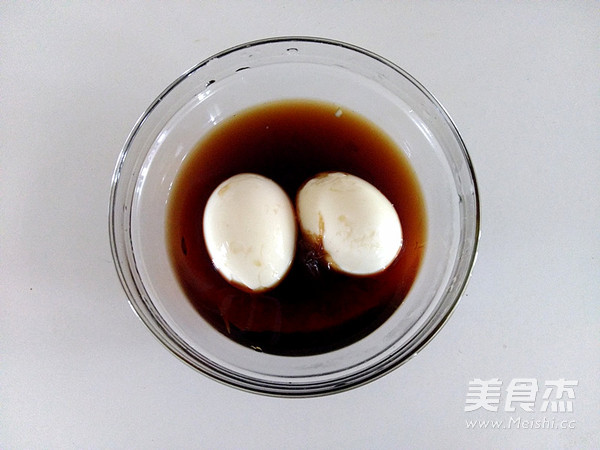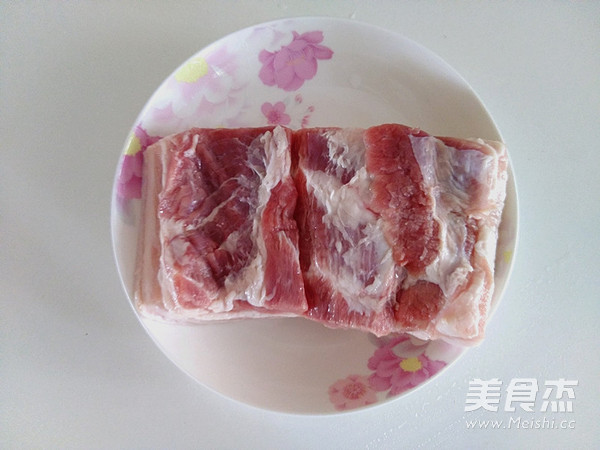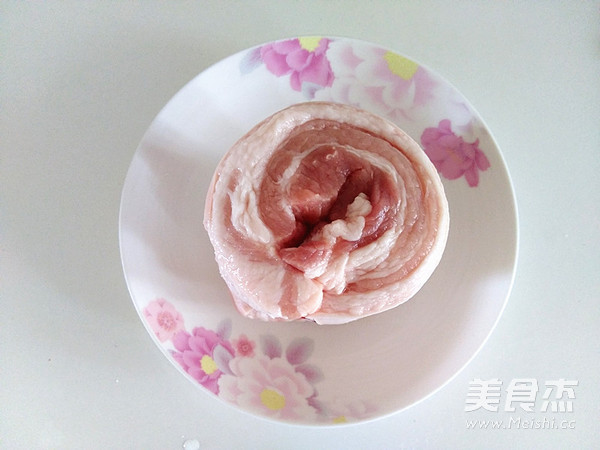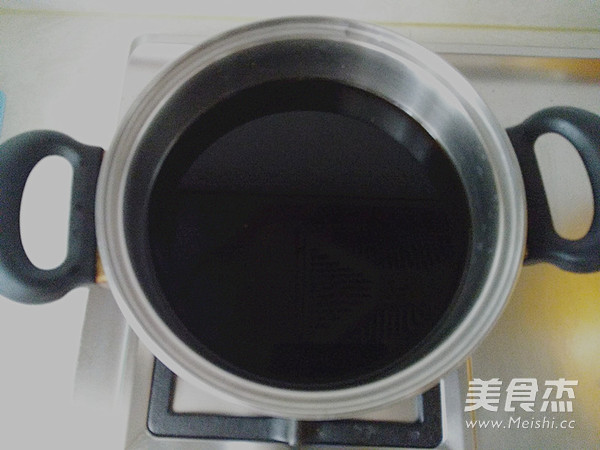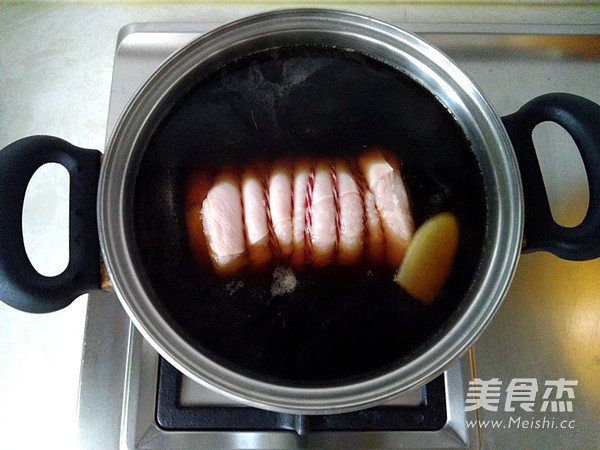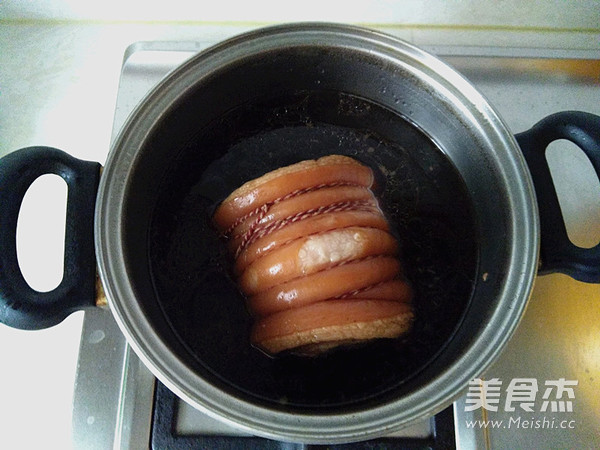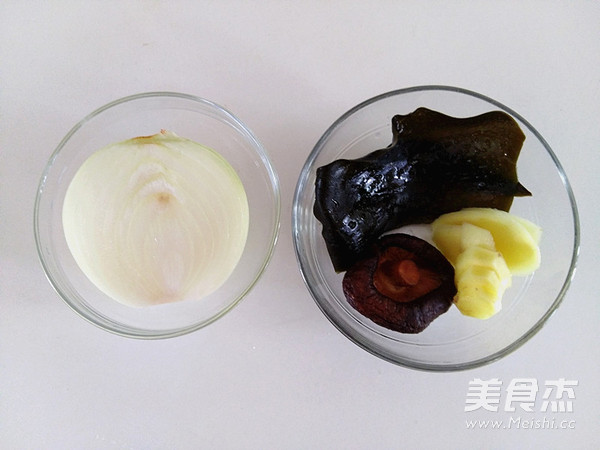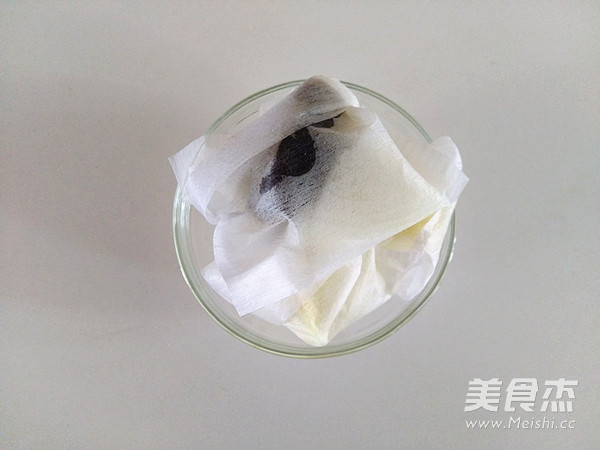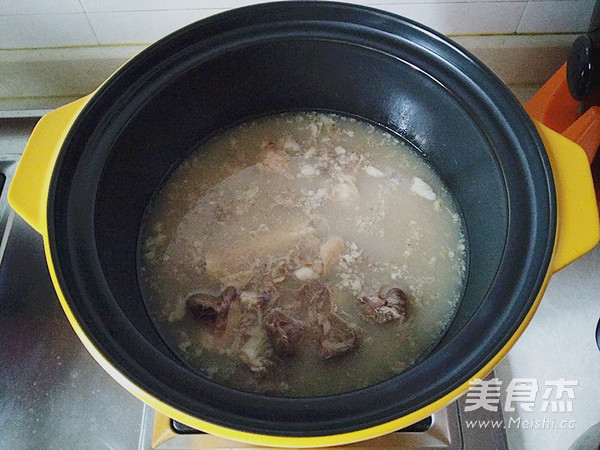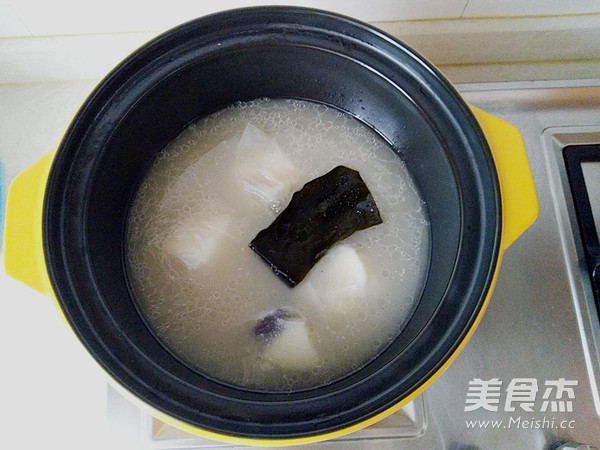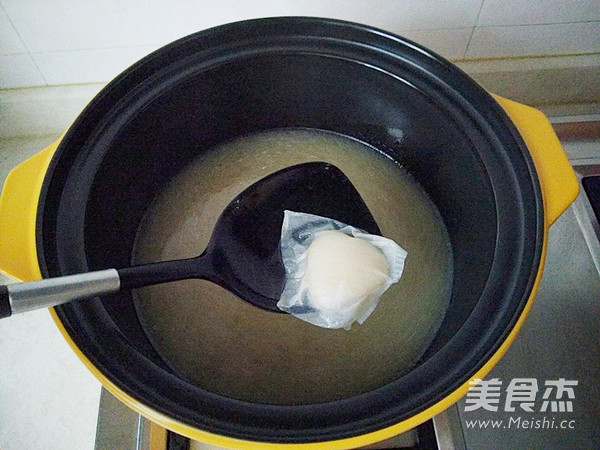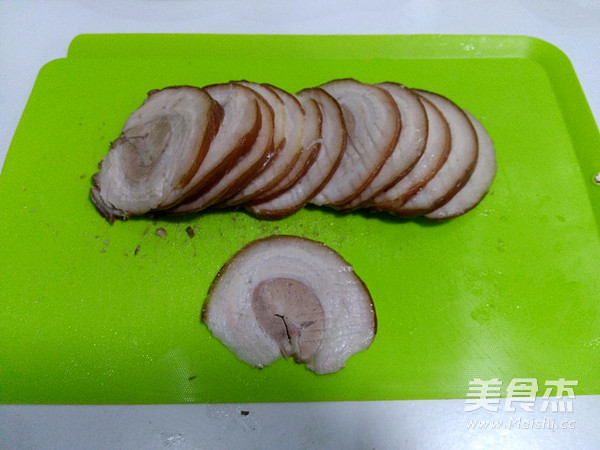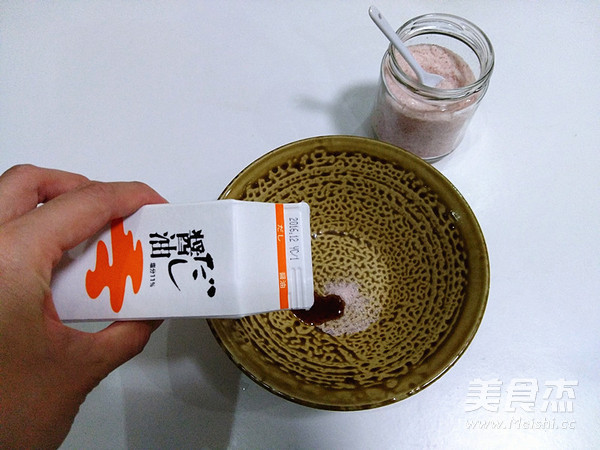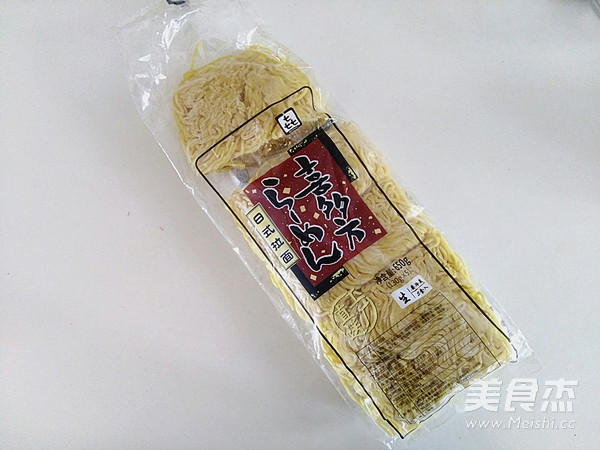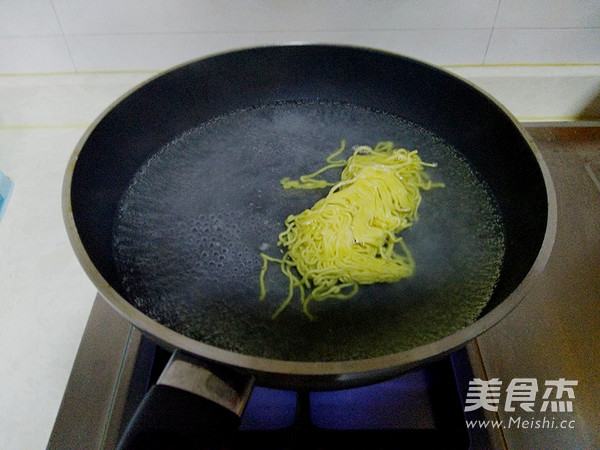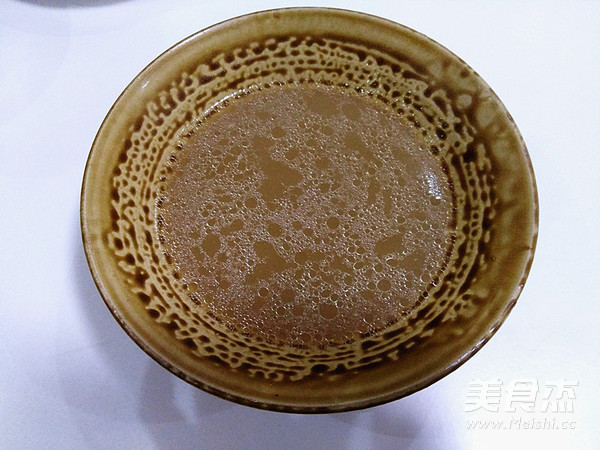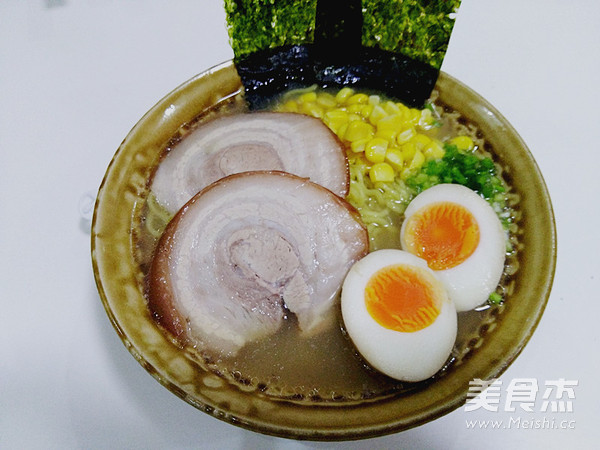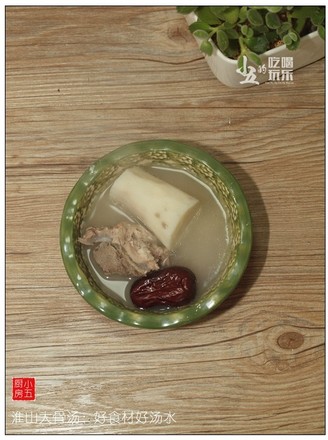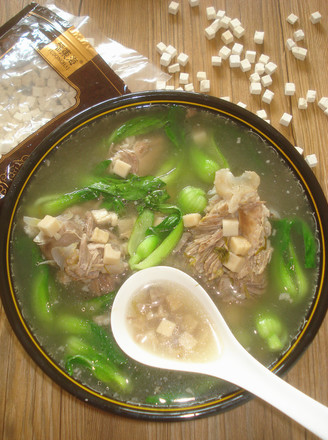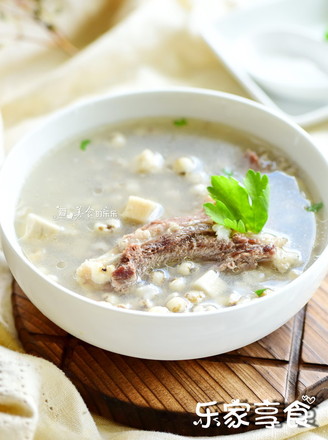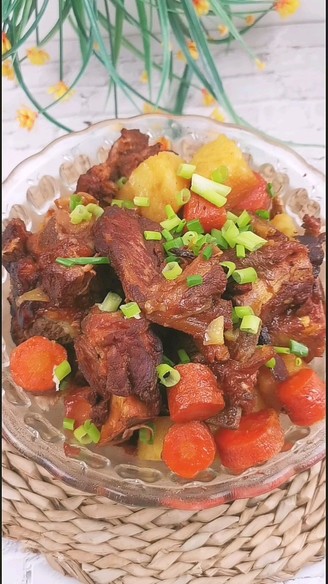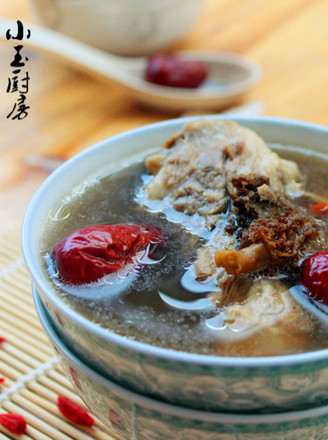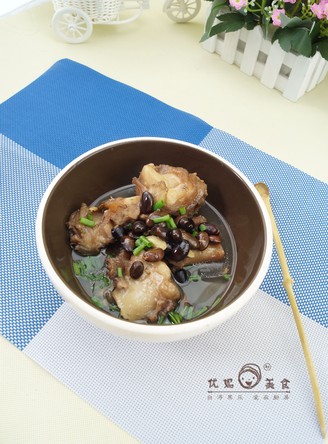Japanese Tonkotsu Ramen
by KL Le Yoyo
Favorite
Difficulty
Normal
Time
24h
Serving
2
A bowl of rich tonkotsu ramen is not easy to make. The essence of the whole bowl of noodles is this tonkotsu soup that has been simmered for 23 hours; you may think that eating bowls of noodles is so complicated, depending on whether you really want to eat real For the original tonkotsu soup, it is said that it is the most enjoyable to eat pure and delicious dishes.
A pot of rich tonkotsu soup really needs to be boiled for more than 20 hours, or even more than 24 hours; and the heat cannot be turned off in the middle of the continuous boil, so that the boiled soup is delicious. Pig's feet are added to the soup, so the cooked soup is milky white. Because the fire control was lower when I first started cooking, the soup did not look very milky white; therefore, boiling this pot of soup is very important at the beginning. It is very important to control the heat during the first few hours of cooking. At the beginning, control the heat to a medium-to-low heat and continue to cook for 6 hours. The soup will gradually become milky white. The heat of the fire will cause the ingredients to continuously roll and the skin collagen is added. The protein soup becomes milky white.
As the soup is boiled for a long time, the water will evaporate and the soup will become less, so you need to add an appropriate amount of pure water in the middle. The reason for choosing pure water is that the pure water contains less chlorine and impurities, and the cooked soup is naturally delicious. The so-called food with beautiful utensils, good soup with good water. If you don’t want to cook it for so long, it’s okay, but this bowl of tonkotsu soup will not be rich enough. The time to make the soup is to buy the ingredients in the morning and then start to cook it. You can switch to an electric stew pot after cooking until the evening. However, when choosing an electric stew pot, it should be noted that some electric stew pots have time to prepare. Simmer for a long time; therefore, use an electric stew pot that has no time to prepare, and the function chooses slow simmering, so you can sleep at night and simmer the next morning.
There is also an induction cooker or an electric ceramic stove. Of course, you must be familiar with whether the electric ceramic stove you choose can be used for a long time; to avoid any accidents at night, use the induction cooker or electric ceramic stove to cook with the smallest fire.
The most interesting thing about this dish is the cooking of Japanese-style char siu. The pork belly is rolled up and tightened for the first time. I didn't expect that the effect of slicing after cooking is still very good. This Japanese-style char siu is not complicated to make. If you can’t finish eating it, you can wrap each piece of char siu in plastic wrap and store it in the freezer. When you want to eat, take as much as you want and put it in the normal noodle soup or The scallion noodles are still delicious.
A pot of rich tonkotsu soup really needs to be boiled for more than 20 hours, or even more than 24 hours; and the heat cannot be turned off in the middle of the continuous boil, so that the boiled soup is delicious. Pig's feet are added to the soup, so the cooked soup is milky white. Because the fire control was lower when I first started cooking, the soup did not look very milky white; therefore, boiling this pot of soup is very important at the beginning. It is very important to control the heat during the first few hours of cooking. At the beginning, control the heat to a medium-to-low heat and continue to cook for 6 hours. The soup will gradually become milky white. The heat of the fire will cause the ingredients to continuously roll and the skin collagen is added. The protein soup becomes milky white.
As the soup is boiled for a long time, the water will evaporate and the soup will become less, so you need to add an appropriate amount of pure water in the middle. The reason for choosing pure water is that the pure water contains less chlorine and impurities, and the cooked soup is naturally delicious. The so-called food with beautiful utensils, good soup with good water. If you don’t want to cook it for so long, it’s okay, but this bowl of tonkotsu soup will not be rich enough. The time to make the soup is to buy the ingredients in the morning and then start to cook it. You can switch to an electric stew pot after cooking until the evening. However, when choosing an electric stew pot, it should be noted that some electric stew pots have time to prepare. Simmer for a long time; therefore, use an electric stew pot that has no time to prepare, and the function chooses slow simmering, so you can sleep at night and simmer the next morning.
There is also an induction cooker or an electric ceramic stove. Of course, you must be familiar with whether the electric ceramic stove you choose can be used for a long time; to avoid any accidents at night, use the induction cooker or electric ceramic stove to cook with the smallest fire.
The most interesting thing about this dish is the cooking of Japanese-style char siu. The pork belly is rolled up and tightened for the first time. I didn't expect that the effect of slicing after cooking is still very good. This Japanese-style char siu is not complicated to make. If you can’t finish eating it, you can wrap each piece of char siu in plastic wrap and store it in the freezer. When you want to eat, take as much as you want and put it in the normal noodle soup or The scallion noodles are still delicious.

